Get Ready for Snowboarding Season with the Ultimate Snowboard Workout Program
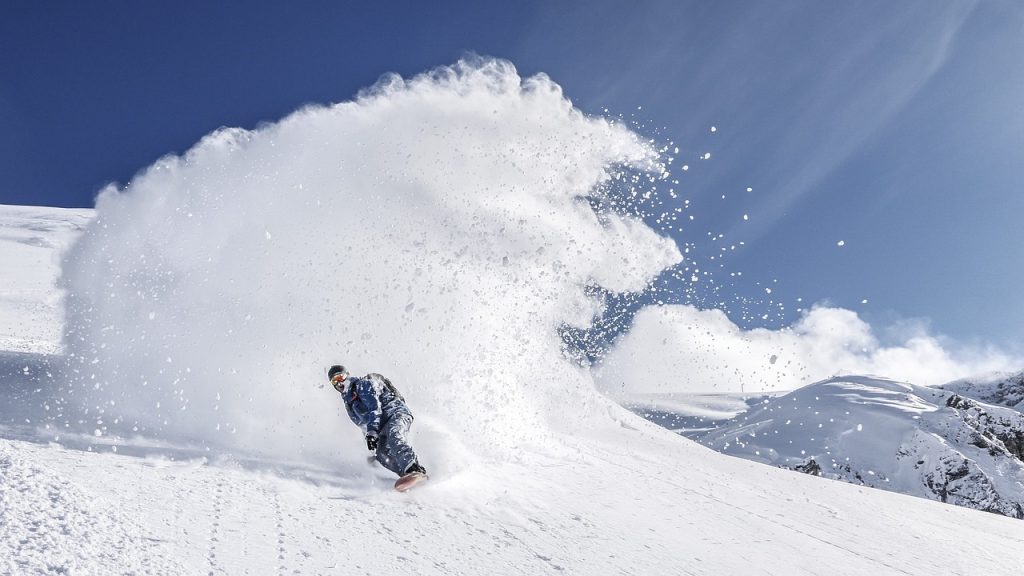
Are you ready to elevate your snowboarding game this season? Imagine conquering the slopes with newfound strength, endurance, and control. With the ultimate snowboard workout program, you’ll be well on your way to achieving your snowboarding goals and making this season the best one yet. Discover a comprehensive training approach that targets all the essential aspects of snowboarding fitness, ensuring you’re well-prepared for every thrilling ride down the mountain.
In this blog post, we’ll guide you through a snowboard workout program that combines strength exercises, endurance training, mobility and flexibility exercises, and balance and stability drills for optimal results. Plus, we’ll share tips on creating a snowboarding training schedule, at-home workouts, cross-training activities, and nutrition and recovery strategies to support your progress and keep you shredding all season long.
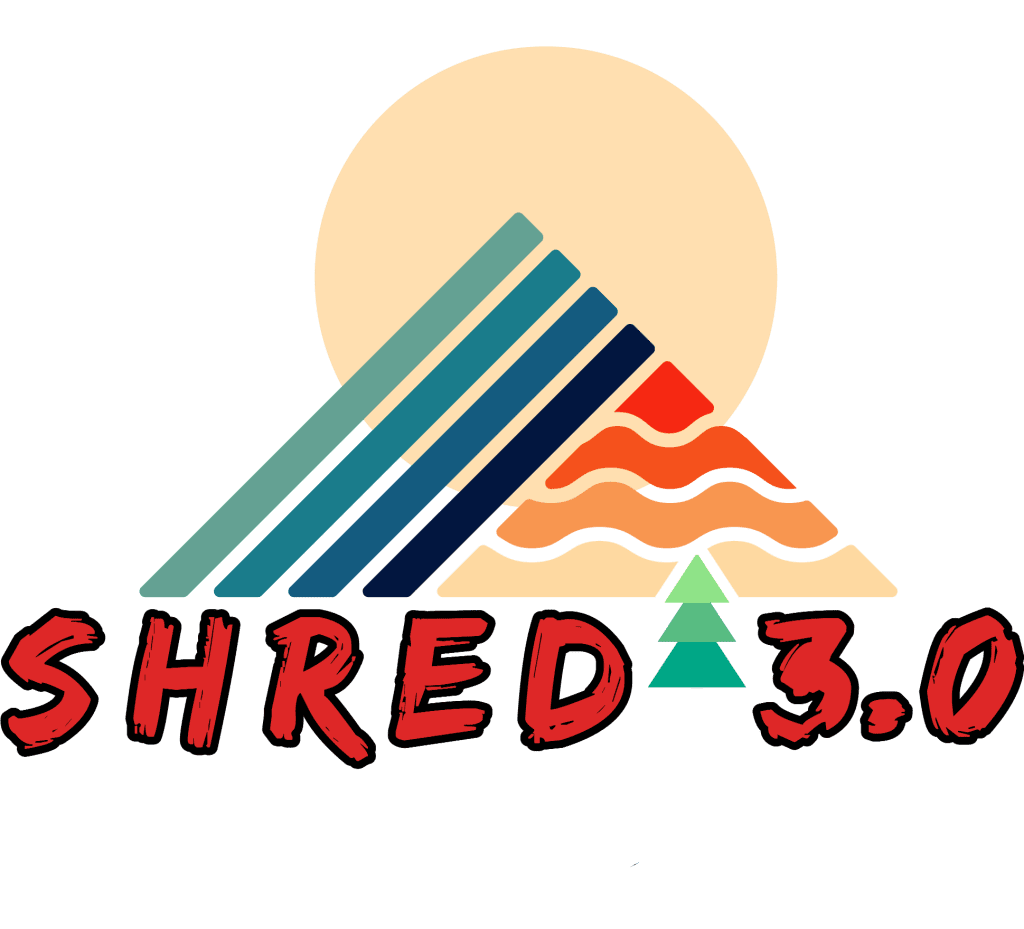
Looking for Snowbaording’s #1 online training program? Look no further!
Key Takeaways
Prepare now for snowboarding season with a balanced workout program tailored to your individual needs.
Challenge yourself and maximize performance on the slopes with strength, endurance, flexibility, balance & stability exercises.
Fuel up and recover smartly, stay motivated and in top condition throughout the entire season!
Preparing for Snowboarding Season: Training Essentials

As we edge closer to the snowboarding season, it’s prime time to intensify your training to meet the sport’s physical demands. A well-rounded workout program improves performance and enjoyment on the slopes, also reducing injury risks.
Your snowboarding success starts with a well-rounded training regimen, tailored to your individual needs and goals. Consulting with a professional, like a Doctor of physical therapy or trainer, ensures your workout program is customized for maximum results, helping you strengthen crucial muscles which are vital for maintaining balance on the slopes. We’ll now explore why a balanced workout program is vital and how consulting a professional can be beneficial.
Importance of a Balanced Workout Program
A well-rounded workout program for snowboarding optimizes your performance and lowers the possibility of injuries. Incorporating the following elements ensures that you’re getting the most out of your workout:
Strength training
Endurance training
Mobility and flexibility exercises
Multi directional speed and agility
Balance and stability drills
Some basic examples of these exercises for a balanced snowboarding workout program include:
Squats (varieties)
- Single leg
Calf raises
Planks (Varieties)
Oblique twists with a medicine ball
Jumping squats
Superman exercises
Walking lunges
Skaters exercises
Single Leg Deadlift to High Knee exercises
Hollow hold exercises
Wide leg squat thrusts
Side plank with raises
Hip Roll exercises
Burpees
Take note, we focus on quality over quantity as it prepares your body adequately for the slopes.
Consultation with a Professional
Obtaining advice from a professional, like a doctor of physical therapy, can notably enhance your snowboarding workout program. They can help you create a customized plan that addresses your specific needs and objectives, ensuring you get the most out of your training sessions.
For example, strengthening your upper body, such as you shoulders, is crucial for control and stability on the slopes, and a professional can guide you on the best exercises for this.
Don’t hesitate to ask questions when consulting with a professional. Inquire about exercises that can help you reach your individual goals, ways to modify exercises for more challenge or ease, and tips on proper form and technique. Their expertise can help you avoid injuries and make significant strides in your snowboarding performance.
The Ultimate Snowboard Workout Program

Combining various exercise types is the key to unlocking your snowboarding potential. The ultimate snowboard workout program includes:
Strength exercises
Endurance training
Mobility and flexibility exercises
Balance and stability drills
Multi directional speed and agility
This variety of exercises will help you conquer the slopes with confidence and finesse.
Consistent adherence to this workout plan will enhance your snowboarding skills by improving your power, endurance, and balance. Here are some exercises that can help:
Engage your weight-bearing leg to improve stability and control on the snowboard.
Incorporate exercises that target your core muscles to improve balance.
Include plyometric exercises to enhance power and explosiveness.
Incorporate cardio/ aerobic exercises to improve endurance.
By following this workout plan and focusing on these exercises, you can elevate your snowboarding skills.
Ready to dive into the ultimate snowboard workout program? We’ll now examine various exercises that will have you shredding the slopes in no time.
Strength Exercises
Basic strength exercises for snowboarding include:
Squats
Lunges
Deadlifts
Pushups
These exercises target your lower extremity muscles, including the ankles/ knees/ hips, which are crucial for maintaining balance and control on the slopes.
For example, you can try the following exercise:
Stand with your feet shoulder-width apart in a “snowboard stance” and adjust to feet hip width if needed for comfort, with your knees slightly bent. This will be your starting position.
Slowly lower yourself into a squat position
Move side to side in a squat position, feeling where your hips are in space
Explode to standing
Repeat this exercise 12-15 times
After that, stand in the squat position and pulse for 30 seconds
Including these strength exercises in your snowboarding workout program will enhance your performance and also aid in injury prevention.
Endurance Training
Endurance training is vital for snowboarding, as it helps improve stamina for those long runs on the mountain. Snowboarding is an inherently aerobic activity that requires much from our hearts and lungs. You are missing a vital piece to the puzzle if you are not incorporating an aerobic program. Cardio workouts like running, walking, cycling, or swimming are perfect for building your endurance and keeping you in peak condition throughout the snowboarding season.
Mobility and Flexibility Exercises
Maintaining proper form and preventing injuries on the slopes requires a focus on mobility and flexibility exercises, such as yoga and dynamic stretching. These exercises help you stay agile and ensure your body can handle the twists, turns, and jumps that come with snowboarding.
Incorporating dynamic stretches into your snowboarding workout program will keep your muscles limber and prepared for the physical demands of the sport. Prioritizing mobility and flexibility will not only improve your performance on the slopes but also keep you injury-free, allowing you to enjoy the season to the fullest.
We work on mobility/ flexibility so we can be efficient in our muscle contractions and not waste unnecessary energy.
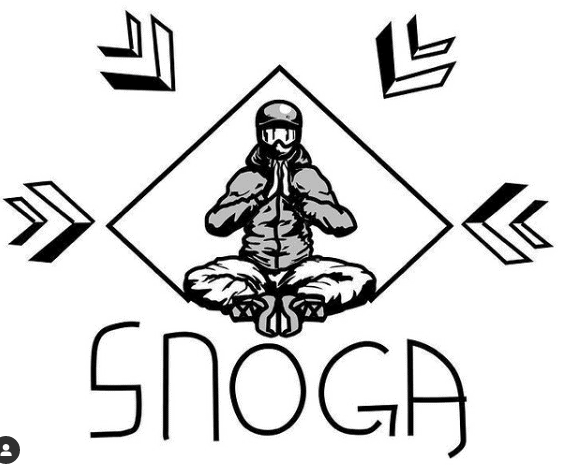
SNOGA® was designed by a snowboarding yoga instructor to help advance skills and prevent injuries. Each class focuses on mobility in areas crucial for the sport including ankles, knees, hips, spine, shoulders and more.
Balance and Stability Drills

Control and coordination on the snow are essential for an enjoyable snowboarding experience. Balance and stability drills, like lateral ski jumps and single-leg exercises, can help improve these skills.
For example, try the Lateral Ski Jump Exercise to target your quads, glutes, and hamstrings, and boost your stability and control on the snowboard. Incorporating balance and stability exercises into your snowboarding workout program will not only enhance your performance but also reduce the risk of injury.
Multi Directional Speed and Agility

Some may ask why? I would answer with why not? You are moving down a mountain at upwards of 50 mph and may need to heel/ toe edge stop on a dime. This ability to decelerate and accelerate can be the difference between staying injury free, landing a trick or navigating tricky terrain. This can be trained with appropriate exercises to stress our tissues in a variety of ways and make that brain connection/ muscle contraction instant when you need it most. The other side of this is knowing where your hips/ knees/ ankles are in space to stay injury free and efficient on a snowboard.
Creating a Snowboarding Training Schedule

To reach your snowboarding goals and perform optimally, creating a well-planned training schedule that includes pre-season preparation and in-season maintenance is crucial. This will ensure your body is ready for the demands of snowboarding and help you maintain consistent progress towards your goals.
In the ensuing sections, we’ll guide you on planning your snowboarding training schedule effectively, covering both pre-season preparation and in-season maintenance strategies. Stay on track with your workouts, and you’ll be well on your way to reaching peak performance on the slopes.
Pre-Season Preparation
Starting your pre-season preparation 8-12 weeks before the snowboarding season is crucial for building the strength, endurance, and mobility needed for optimal performance. During this time, focus on incorporating a balanced workout program that targets all aspects of snowboarding fitness, including:
Strength exercises
Endurance training
Mobility and flexibility exercises
Balance and stability drills
Multi Directional Speed and Agility
Devoting time to pre-season preparation will not only boost your performance on the slopes but also cut down the risk of injury. Remember, a well-rounded training regimen, tailored to your individual needs and goals, is the key to success in snowboarding.
In-Season Maintenance
Once the snowboarding season is underway, it’s important to continue your workouts and adjust their intensity to maintain your fitness levels and prevent burnout. In-season maintenance allows you to stay in top condition, ensuring you can perform at your best throughout the entire season.
Listen to your body and make adjustments to your workouts as needed. This might involve changing the intensity of your exercises, focusing on form and technique, or incorporating additional rest days to allow for proper recovery. Maintaining dedication to your in-season regimen will equip you well to handle the slopes confidently and skillfully.
At-Home Snowboarding Workouts

You don’t need a gym membership or fancy equipment to prepare for snowboarding season. At-home snowboarding workouts can be just as effective, using bodyweight exercises and household items for resistance. Whether you’re short on time or looking for a more budget-friendly option, at-home workouts can keep you in shape and ready for the slopes.
In the following sections, we’ll explore some great bodyweight exercises and creative ways to use household items in your at-home snowboarding workouts. A dash of creativity and commitment will keep your training on track and help you master the mountain.
Bodyweight Exercises
Bodyweight exercises are a convenient and effective way to build strength and stability for snowboarding without the need for any equipment. Some exercises that can easily be incorporated into your at-home workout routine include:
Squats
Lunges
Pushups
Planks
Wall Sits
Deadlifts
Step ups/ Step downs
These training exercises target key muscles for snowboarding performance.
By focusing on proper form and technique, body weight exercises can help you build the strength and stability needed for snowboarding success. Moreover, they’re highly adaptable, which allows you to adjust the intensity or add variations to maintain the novelty and challenge in your workouts.
Using Household Items
Household items, like chairs and water bottles, can add resistance and variety to your at-home snowboarding workouts. For example, try incorporating a chair for assisted squats or using water bottles as makeshift dumbbells for added resistance during lunges.
Innovative use of items already at home not only saves you money on gym memberships and equipment but also adds engagement and fun to your workouts. So, don’t be afraid to think outside the box and utilize your household items to enhance your snowboarding training.
Cross-Training Activities for Snowboarders

Cross-training activities such as mountain biking, climbing, hiking, soccer and swimming bolster overall fitness in snowboarders and supplement their sport-specific training. Engaging in a variety of activities can help prevent boredom, reduce the risk of injury, and ensure you’re well-rounded in your physical abilities.
Nutrition and Recovery for Snowboarders

Correct nutrition and recovery are vital for snowboarders to sustain energy levels, avert injuries, and enhance overall health. Fueling your body with a balanced diet and implementing effective recovery techniques can make a significant difference in your performance on the slopes.
In the following sections, we’ll discuss the importance of fueling your body with the right nutrients and incorporating rest and recovery techniques into your snowboarding training routine.
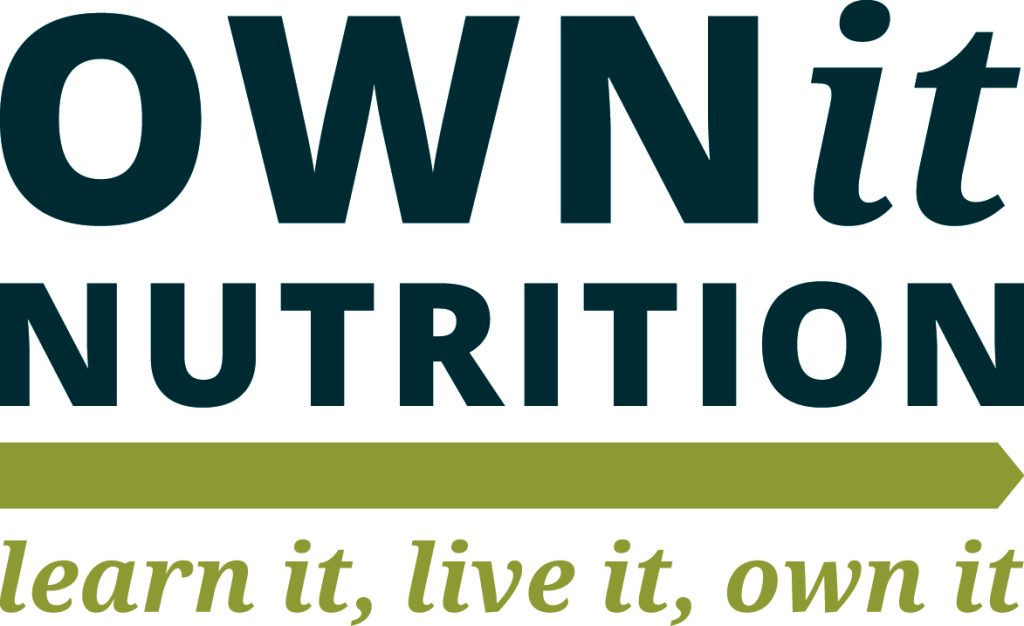
We work closely with Makayla Meixner, a Registered Dietician based out of Vail, CO. She works closely with ski/ snowboard athletes and is an expert in improving performance on/ off the mountain.
If you would like to work with Makayla individually, she is offering 15% of to all Mobility Duo members with code: MOBILITYDUO15
Fueling Your Body
A balanced diet, including carbohydrates, proteins, and healthy fats, is crucial for providing your body with the energy and nutrients it needs to support your snowboarding performance. Carbohydrates supply energy, proteins help build and strengthen muscles, and healthy fats support nutrient absorption.
By consuming a well-balanced diet, you’ll be able to maintain energy levels, recover faster after workouts, and ultimately perform at your best on the slopes. Remember, proper nutrition is just as important as your workout routine when it comes to achieving snowboarding success.
Rest and Recovery Techniques
Rest and recovery techniques, such as Ice baths, sauna, foam rolling, stretching, and getting adequate sleep, are essential for preventing injuries and ensuring optimal performance on the slopes. Incorporating these techniques into your snowboarding training can help reduce muscle soreness, improve flexibility, and increase energy levels.
Allocating time for rest and recovery will not only amplify your performance on the slopes but also reduce injury risks. Remember, taking care of your body is just as important as pushing your limits in training when it comes to snowboarding success.
Summary
In conclusion, the ultimate snowboard workout program is a comprehensive approach that targets all aspects of snowboarding fitness, from strength and endurance to mobility and balance. By incorporating a well-rounded training regimen, consulting with professionals, and focusing on nutrition and recovery, you’ll be well-equipped to conquer the slopes and elevate your snowboarding performance.
Remember, the key to success in snowboarding lies in dedication to your training, proper nutrition, and listening to your body’s needs. So, gear up, hit the slopes, and seize the season with newfound strength, endurance, and confidence.

Frequently Asked Questions
What is the best exercise for snowboarding?
For snowboarders, squats are essential for building leg strength and agility. Jump squats will give you an extra boost of power – swing your arms forward during the jump and push upwards to gain momentum. Also, knowing where your hips are in space is vital for balance and efficiency on the slopes.
What should I do in the gym to prepare for snowboarding?
Strengthen your lower body muscles with squats and explosive exercises like jump squats, oblique twists with a medicine ball, power pushups, calf raises, walking lunges, pull-ups, and biking. Of course, these are simple but can be a great start.
How to train snowboard at home?
To train snowboard at home, start by moving your hips over, top one foot then the other and use your knees to bend. Look backwards for the toe turn and open up while turning for the heel turn. With a bit of practice, you can become a pro in no time!
What are the essential components of a well-rounded workout program for snowboarding?
A well-rounded workout program for snowboarding should include strength training, endurance exercises, flexibility drills and stability exercises to help you become a better boarder.
How can I create a snowboarding training schedule that addresses my specific needs and goals?
Start by consulting a professional to create a personalized training plan that includes different exercises and activities that target your specific needs and goals. Make sure to stay motivated and focus on achieving your objectives!
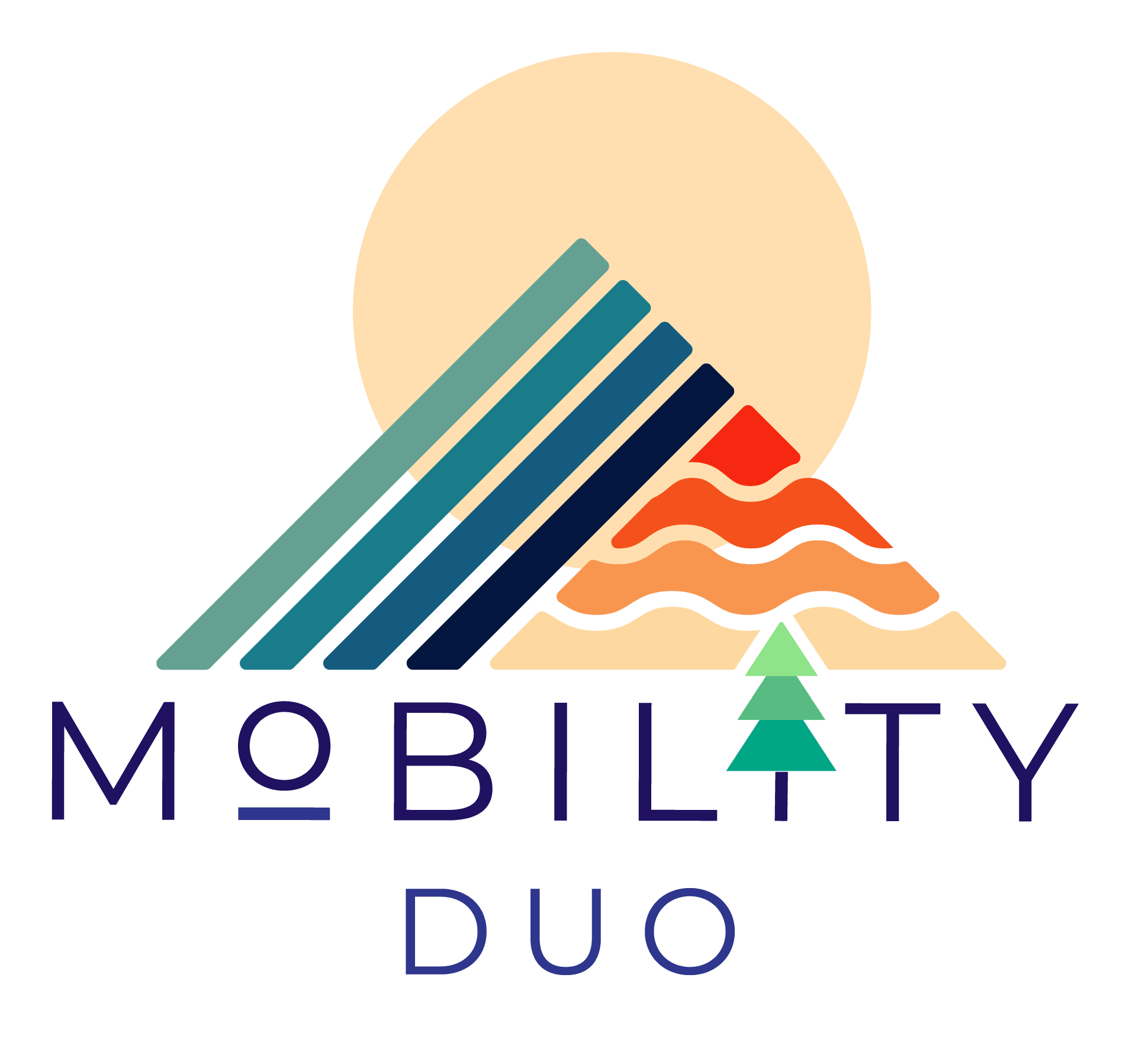
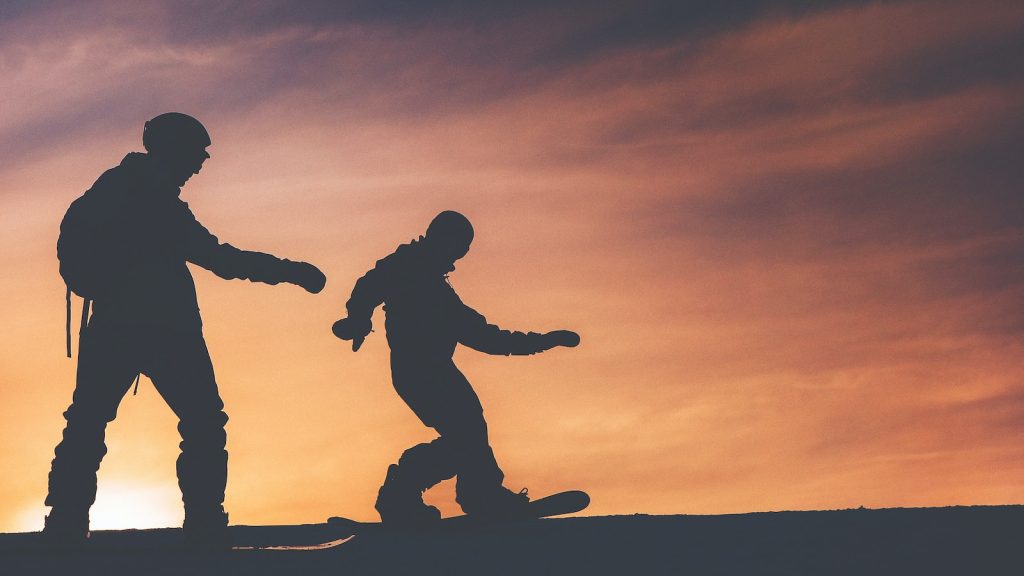
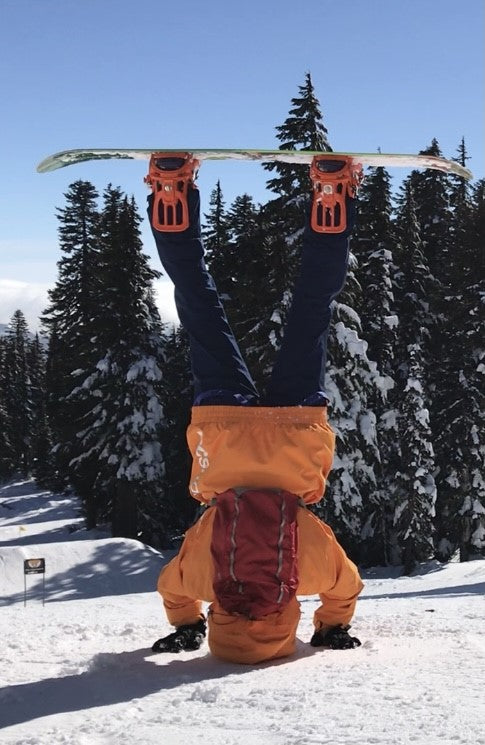
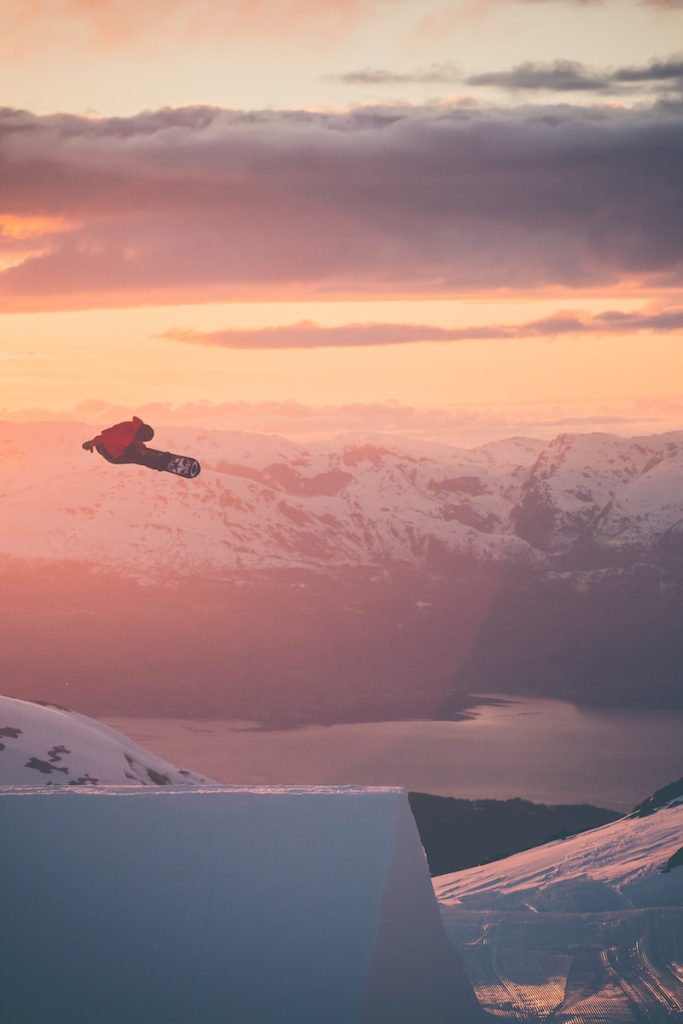
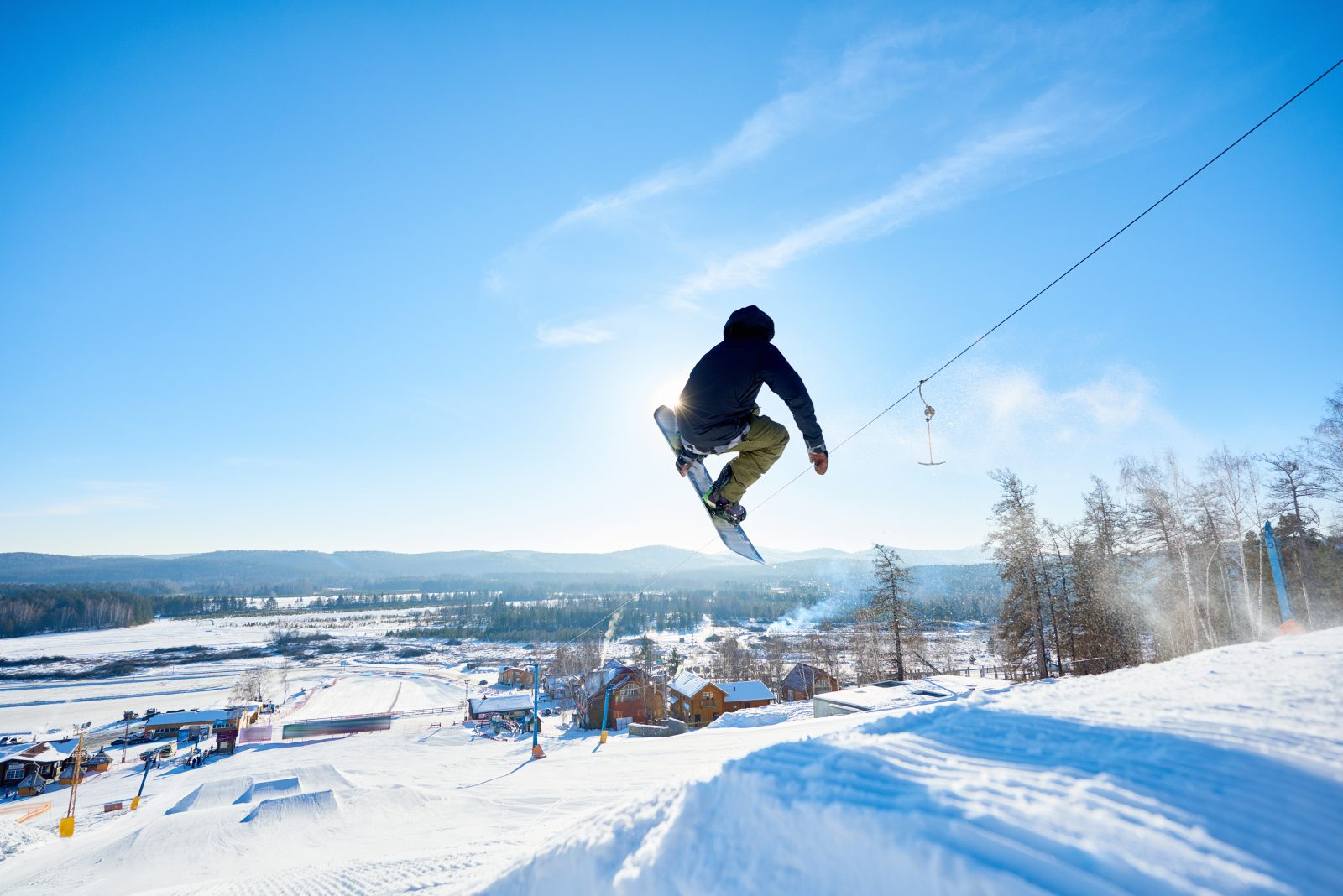

Responses